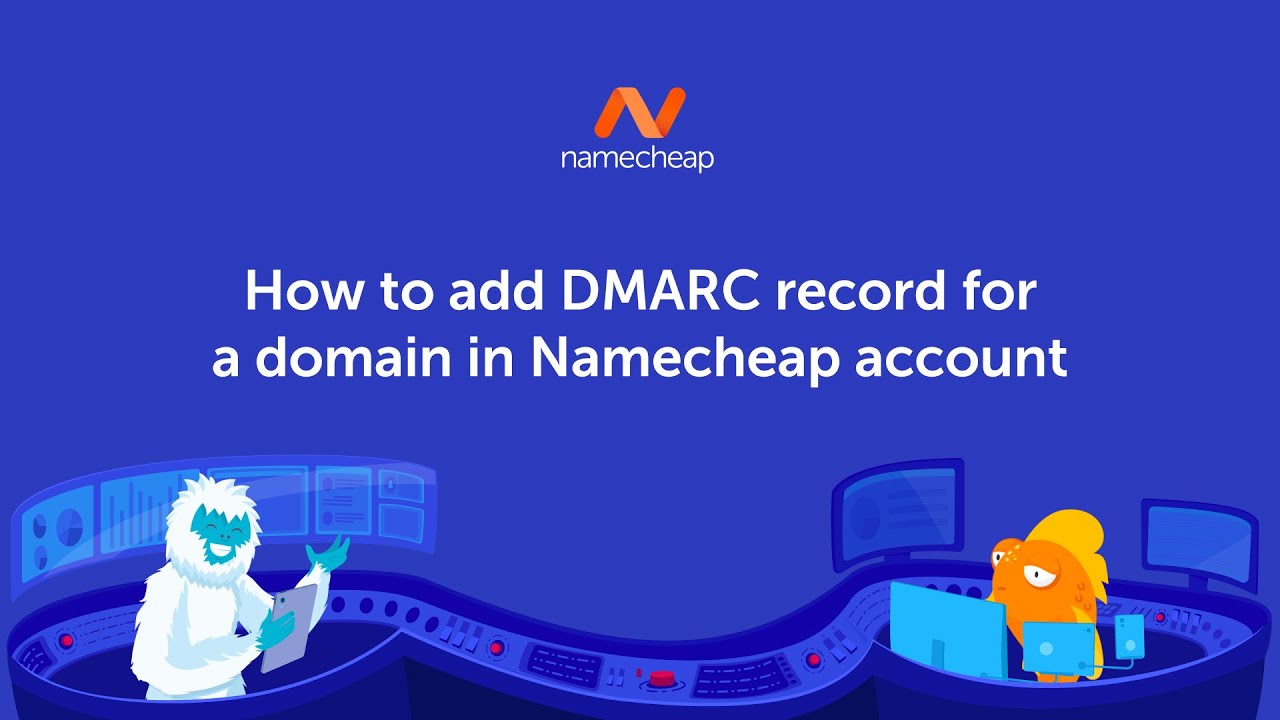
How to Add DMARC Record for a Domain in Namecheap Account
Are you looking to enhance the security of your email domain? Adding a DMARC (Domain-based Message Authentication, Reporting, and Conformance) record is a crucial step in protecting your domain from email spoofing and phishing attacks. In this article, we will guide you through the process of adding a DMARC record for your domain in your Namecheap account.
Step 1: Understand the Importance of DMARC
Before we dive into the process, let’s understand why DMARC is essential for your domain. DMARC is an email authentication protocol that allows domain owners to specify how email servers should handle messages that claim to be from their domain. By implementing DMARC, you can protect your domain from unauthorized use and prevent cybercriminals from sending malicious emails on your behalf.
Step 2: Access Your Namecheap Account
To add a DMARC record, you need to access your Namecheap account. Visit the Namecheap website and click on the “Sign In” button located at the top right corner of the page. Enter your login credentials and click “Sign In” to access your account.
Step 3: Navigate to the DNS Management Page
After logging in, you will be redirected to your Namecheap dashboard. Locate the domain for which you want to add the DMARC record and click on the “Manage” button next to it. This will take you to the DNS management page for that particular domain.
Step 4: Add a DMARC Record
On the DNS management page, scroll down until you find the “Advanced DNS” section. Look for the “Add New Record” button and click on it. A drop-down menu will appear with various record types. Select “TXT Record” from the list.
Step 5: Configure the DMARC Record
Once you have selected the TXT record type, you will be prompted to enter the record details. In the “Host” field, enter “_dmarc” (without quotes). This will create a subdomain for your DMARC record. In the “Value” field, you need to input the DMARC record itself.
To create a DMARC record, you need to understand its syntax. The record consists of various tags that define the policy for handling emails claiming to be from your domain. Here’s an example of a basic DMARC record:
v=DMARC1; p=none; rua=mailto:your@email.com; ruf=


